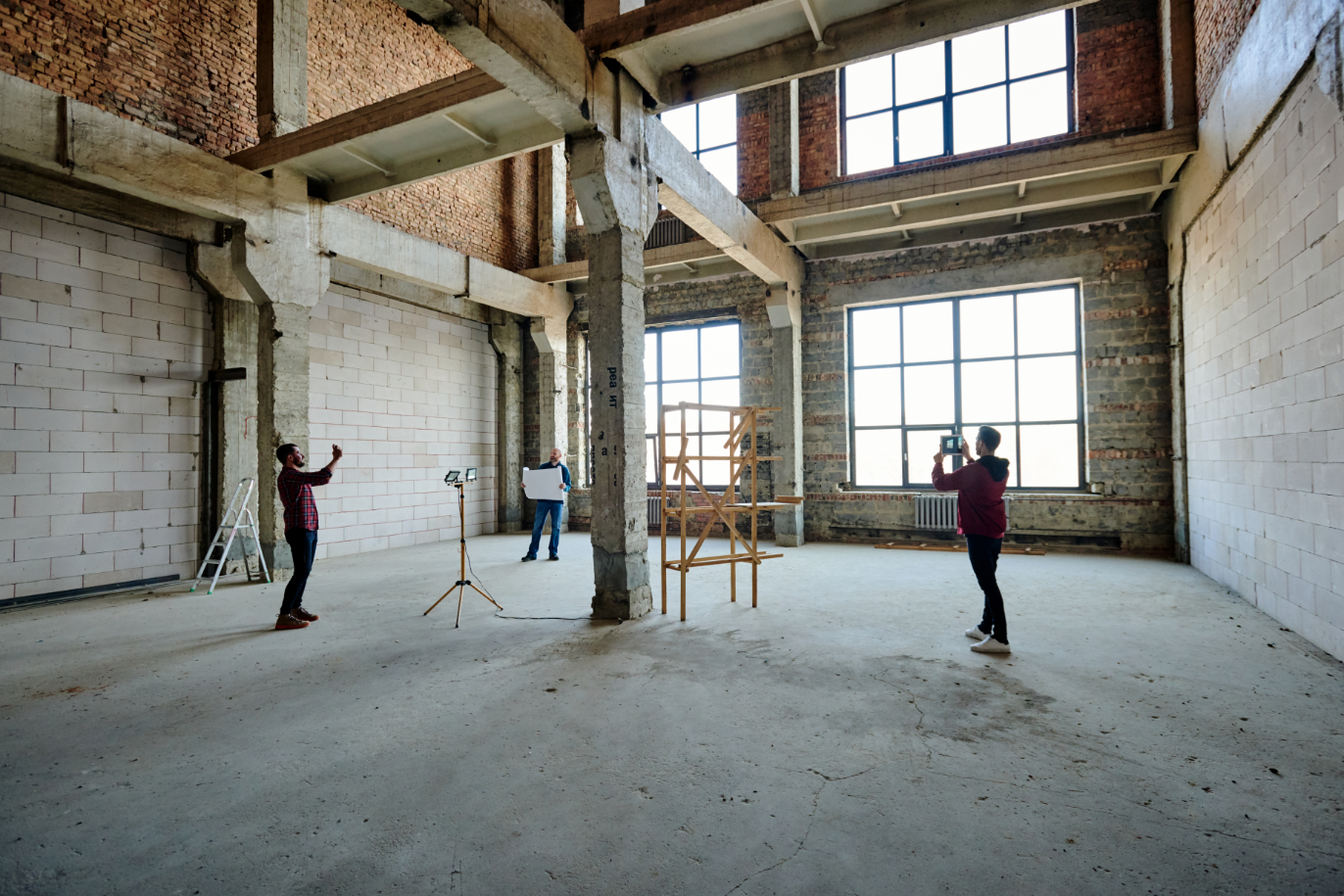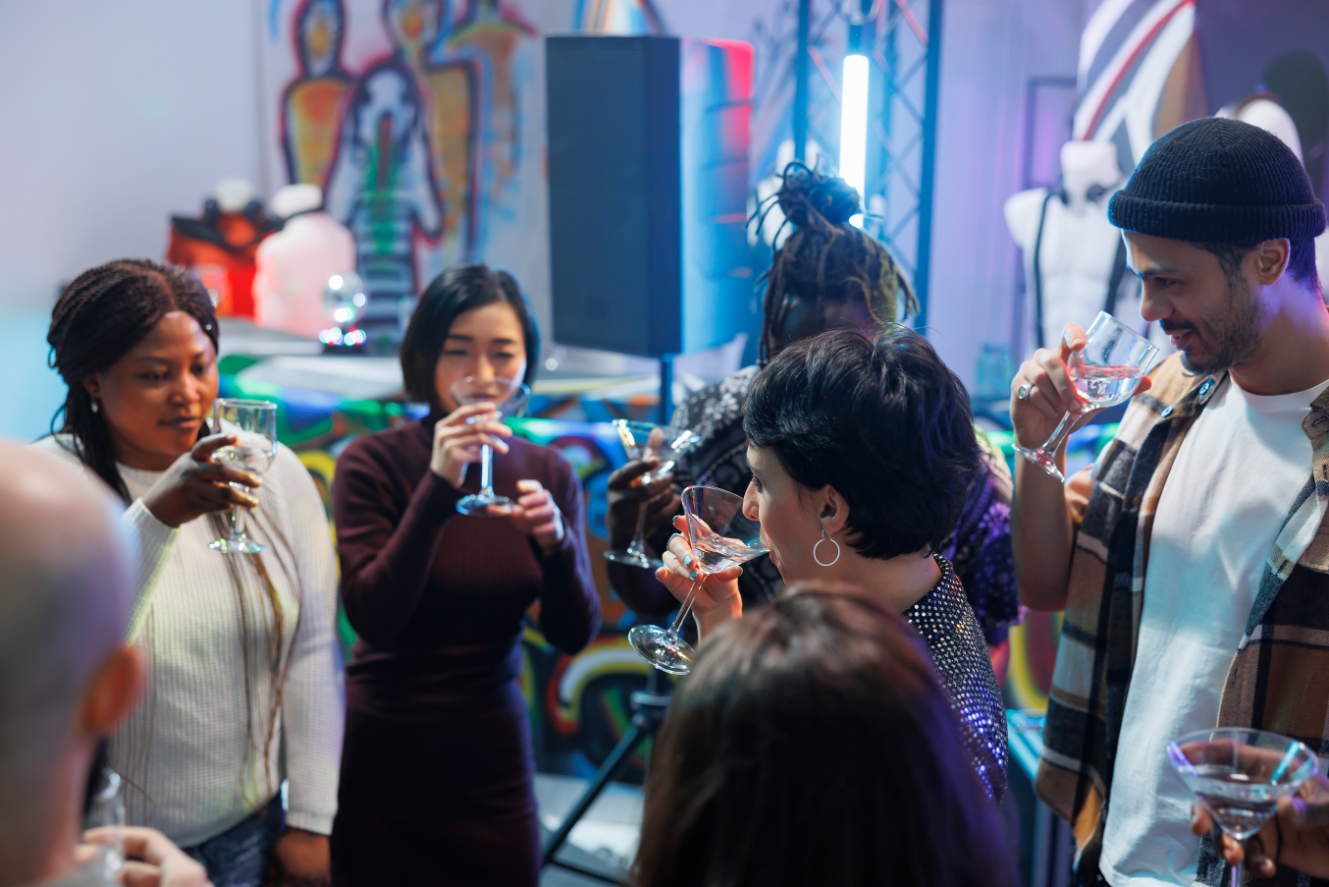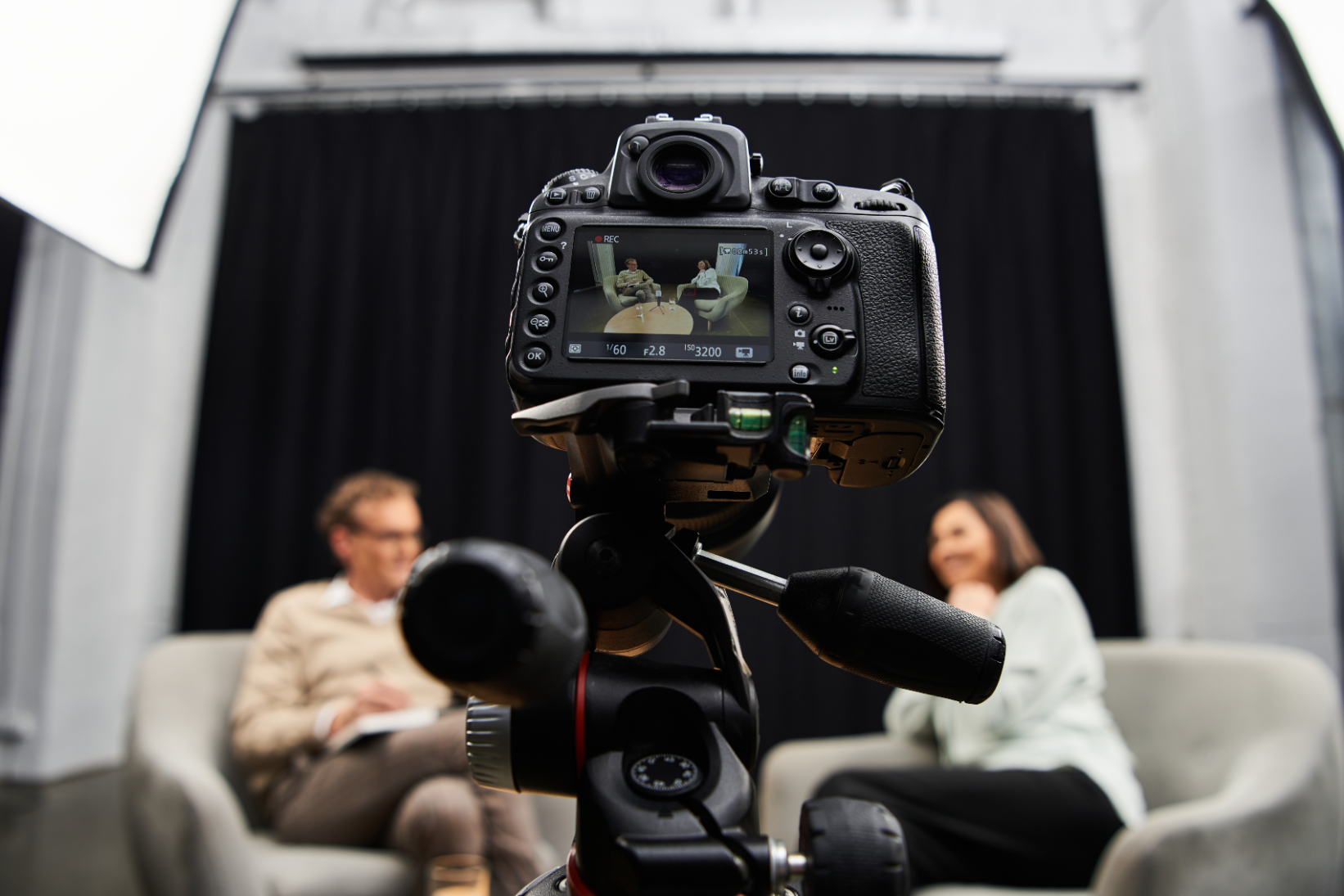7 Pro Cinematography Hacks to Elevate Your Visuals

In the vast, intricate world of filmmaking, stunning visuals aren't just about expensive gear; they're about understanding the nuanced artistry behind the lens. While a high-end camera certainly helps, true cinematic magic comes from the skilled eye and the deliberate choices of a cinematographer. It’s the difference between merely recording an event and crafting a captivating visual narrative that resonates deeply with an audience.
You’ve probably seen films or videos that just 'pop' – where every frame feels meticulously designed, telling a story even without dialogue. What are their secrets? Today, we're pulling back the curtain to reveal seven professional cinematography hacks that can dramatically elevate your visuals, no matter your budget or experience level. Prepare to transform your approach and make every shot count.
Crafting the Image: Light, Lenses, and Planning
1. Harness Natural Light Like a Pro
Natural light is your most powerful, and often most overlooked, tool. Professional cinematographers don't just shoot in it; they sculpt with it. Learn to read the light: the "golden hour" (just after sunrise, just before sunset) provides soft, warm, directional light perfect for flattering subjects and creating depth. The "blue hour" (just before sunrise, just after sunset) offers a cool, ethereal mood ideal for cityscapes or introspective scenes. But what about midday sun? Instead of fighting it, embrace the contrast, or better yet, diffuse it with large silks or use natural shade to your advantage, creating soft, even illumination.
Don't just think about where the light comes from, but how it interacts with your subject and environment. Position your subjects to catch flattering sidelight or backlight for a halo effect. Use practical surfaces like white walls or even simple reflectors to bounce light into shadows, opening them up and adding dimension. Observing how light falls in different locations at various times of day will profoundly change how you approach your setups, giving your footage a professional polish without needing a single artificial light source.
2. Understand Your Lenses Beyond Focal Length
While focal length determines your field of view, the true artistry of lenses lies in their unique characteristics. Professional cinematographers pick lenses not just for how wide or telephoto they are, but for their specific qualities: how they render bokeh (the quality of the out-of-focus areas), their sharpness, their color rendition, and even their subtle imperfections.
Experiment with aperture (f-stop) to control depth of field, using a wide-open aperture (e.g., f/2.8) to isolate subjects with creamy bokeh, or a narrower one (e.g., f/8) for crisp, in-focus backgrounds. Understand lens compression, where telephoto lenses appear to "flatten" perspective, making backgrounds feel closer to your subject – a powerful tool for dramatic close-ups or intense dialogue scenes. Conversely, wide-angle lenses exaggerate perspective, making spaces feel vast and imposing. Each lens tells a different story; mastering their individual voices will unlock a new level of visual storytelling.
3. Pre-Visualization is Your Secret Weapon
The best cinematographers don't just show up and shoot; they meticulously plan every frame. Pre-visualization is the process of planning your shots and sequences before arriving on set. This includes:
- Storyboarding: Drawing out key frames, showing camera angles, movement, and composition.
- Shot Lists: Detailed lists of every shot needed, including focal length, camera movement, and blocking.
- Location Scouting: Visiting locations to understand light, spatial dynamics, and potential challenges.
- Blocking: Planning the movement of actors and camera within the scene.
This hack isn't just about efficiency; it's about intentionality. By pre-visualizing, you iron out creative and logistical kinks before production begins, ensuring your vision is consistently executed. It allows you to experiment with ideas on paper, saving valuable time and resources on set, and ultimately resulting in a more cohesive and polished final product. Even for a short film or personal project, a little pre-planning goes a long way.
Dynamic Composition & Intentional Movement
4. Frame for Impact – Beyond the Rule of Thirds
The Rule of Thirds is a fantastic starting point, but truly compelling frames often leverage more sophisticated compositional techniques. Think about how elements within your frame guide the viewer's eye. Use leading lines (roads, fences, natural contours) to draw attention to your subject or create a sense of depth and direction. Embrace negative space to create a sense of isolation or contemplation, giving your subject room to breathe.
Consider framing elements within the frame itself – a character framed by a doorway or window adds layers of meaning and visual interest. Explore symmetry for a sense of balance and order, or intentionally break it to create tension. Always strive to create a foreground, midground, and background; this layering adds immense depth and allows the viewer's eye to explore the scene, giving your 2D image a profound sense of three-dimensionality.
5. The Power of Intentional Camera Movement
Random camera shakes or uncontrolled pans detract from your story. Professional cinematographers use camera movement with purpose, to enhance emotion, reveal information, or emphasize scale. Before you move the camera, ask yourself: "Why am I moving it? What does this movement communicate?"
- Dolly shots: Smooth, linear movements often used to follow a character, reveal a setting, or build tension.
- Crane/Jib shots: Vertical or sweeping movements that can reveal vast landscapes, create a sense of grandeur, or emphasize a character's isolation.
- Handheld: When used intentionally, it can convey immediacy, chaos, or a character's subjective viewpoint.
- Pans and Tilts: Use these to slowly reveal information or follow action, always with a clear beginning and end point.
Even subtle movements, like a gentle push-in on a character during a pivotal moment, can amplify emotion without drawing attention to the camera itself. Practice smooth, deliberate movements that serve your narrative, and your visuals will immediately feel more dynamic and professional.
The Art of Subtle Enhancement
6. Strategic Use of Color Palette
Color is a powerful, subconscious storytelling tool that professionals wield with precision. Think beyond simply having "colorful" footage. Consider the emotional impact of different color palettes and how they can define your film's mood, genre, and character arcs. Are you aiming for a warm, inviting feel with a complementary orange-and-teal look, or a stark, desaturated palette for a gritty drama?
This hack involves intentional choices from pre-production (set design, costume) to post-production (color grading). Plan your color scheme to evoke specific emotions or to visually separate different story elements or characters. For instance, a character's journey from innocence to corruption could be reflected in a shift from bright, vibrant colors to darker, more muted tones. Even subtle adjustments in color temperature or saturation can dramatically alter the perception and emotional resonance of your visuals, giving your project a cohesive and professional aesthetic.
7. Embrace the Imperfect – Adding Organic Realism
In the pursuit of perfect, clean images, we sometimes strip away the very elements that make visuals feel alive and authentic. Professional cinematographers know how to strategically introduce "imperfections" to enhance realism and mood. This isn't about sloppy filmmaking; it's about controlled artistry.
- Controlled Lens Flares: A well-placed, subtle lens flare can add warmth, a dreamlike quality, or emphasize the power of a light source, rather than being an accidental distraction.
- Subtle Film Grain: Adding a touch of organic film grain in post-production can give digital footage a more cinematic, textured feel, reminiscent of classic cinema.
- Intentional Vignetting: A gentle darkening of the edges of the frame can help draw the viewer's eye to the center, or create an old-school, nostalgic look.
- "Dirtying" the Frame: Sometimes, a foreground element (like blades of grass, a window pane, or even a shoulder) slightly out of focus can add depth and a sense of "being there."
These subtle touches prevent your visuals from looking too sterile and digital, injecting them with character and a tangible quality that audiences subconsciously connect with. The key is moderation and purpose – every "imperfection" should serve the story.
Conclusion
Elevating your visuals isn't about chasing the latest gear; it's about mastering the timeless principles of light, composition, movement, and color. These seven hacks provide a roadmap to thinking more like a professional cinematographer, encouraging you to be deliberate, analytical, and artistic with every decision you make behind the camera. Practice them, experiment with them, and don't be afraid to break the rules once you understand them.
The journey to cinematic excellence is ongoing, but with these tools in your arsenal, you're well on your way to crafting truly memorable visuals. For more insights, expert advice, and resources to push your filmmaking boundaries, explore what FilmBaker has to offer. We believe in empowering creators like you. If you have questions or want to discuss your next project, feel free to get in touch with FilmBaker today. Happy shooting!


